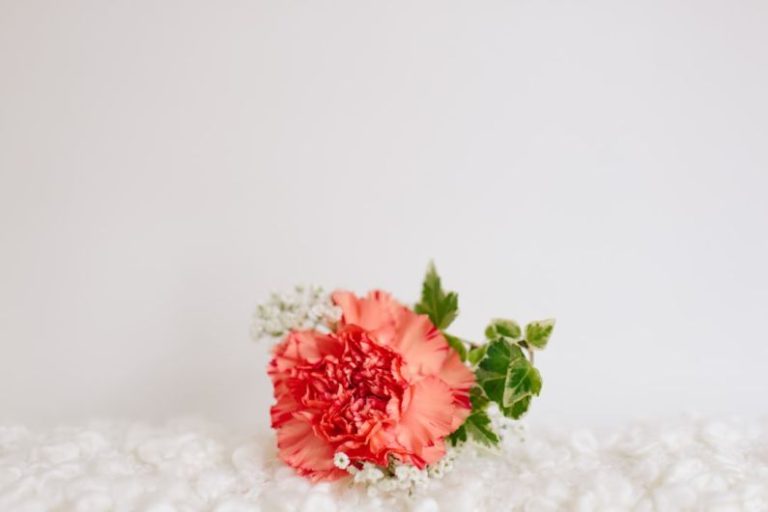
Buttonholes are essential for a variety of sewing projects, from garments to accessories. A well-finished buttonhole can enhance the overall look of your creation, adding a professional touch to your work. There are several techniques for finishing buttonholes that can help you achieve clean and polished results. Whether you are a beginner or an experienced seamstress, mastering these techniques is crucial for achieving neat and durable buttonholes. Let’s explore some of the most common methods for finishing buttonholes.
**Standard Buttonhole Stitch**
The standard buttonhole stitch is a classic and reliable technique for finishing buttonholes. It involves creating a row of closely spaced stitches along the edges of the buttonhole opening to reinforce and prevent fraying. To execute this technique, you can use a hand-sewing needle and matching thread. Start by securing the thread at one end of the buttonhole and work your way around the opening, stitching along the edges in a consistent manner. Ensure that the stitches are tight and evenly spaced to create a sturdy finish.
**Machine Stitched Buttonholes**
For a faster and more precise finish, machine-stitched buttonholes are a popular choice among sewers. Most modern sewing machines come equipped with a buttonhole foot that allows you to create perfectly sized buttonholes with ease. Simply select the appropriate stitch on your machine, place the fabric under the buttonhole foot, and let the machine do the work for you. Machine-stitched buttonholes are ideal for projects that require multiple buttonholes or when you need a consistent and professional finish.
**Bound Buttonholes**
Bound buttonholes are a more advanced technique that adds a decorative element to your button closures. This method involves creating a fabric border around the buttonhole opening, giving it a clean and tailored look. To make bound buttonholes, you will need to cut strips of fabric on the bias and carefully attach them to the edges of the buttonhole. This technique requires precision and attention to detail but can result in stunning and durable buttonholes that elevate your sewing projects.
**Hand Bound Buttonholes**
Hand-bound buttonholes offer a similar decorative finish to bound buttonholes but are entirely hand-sewn, making them a labor-intensive yet rewarding technique. To create hand-bound buttonholes, you will need to carefully fold and stitch fabric strips around the buttonhole opening, securing them in place with invisible stitches. This method allows for greater control and customization, enabling you to tailor the buttonhole finish to suit your project’s style and fabric.
**Keyhole Buttonholes**
Keyhole buttonholes are a classic choice for tailored garments and are characterized by their distinctive keyhole-shaped opening. This type of buttonhole is created by stitching a straight bar tack at one end of the buttonhole and a round eyelet at the other end. Keyhole buttonholes are elegant and functional, providing a secure closure for buttons while adding a touch of sophistication to your garments.
**Conclusion: Mastering Buttonhole Techniques**
Mastering the art of finishing buttonholes is essential for creating professional-looking garments and accessories. Whether you prefer the simplicity of a standard buttonhole stitch or the intricacy of hand-bound buttonholes, there are various techniques to explore and master. By practicing these methods and paying attention to detail, you can achieve clean, durable, and aesthetically pleasing buttonholes that enhance the overall quality of your sewing projects. Experiment with different techniques to find the one that best suits your style and skill level, and elevate your sewing creations with beautifully finished buttonholes.





